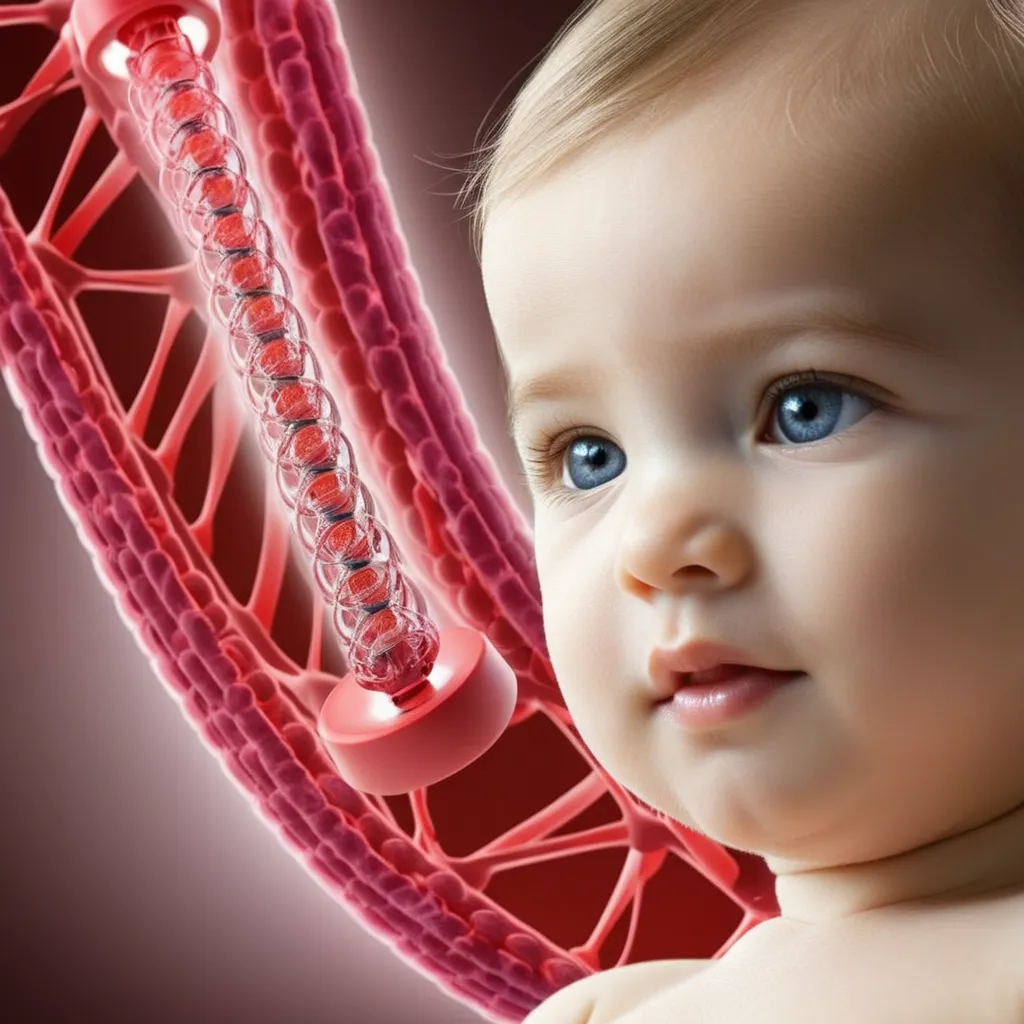Gene Editing Cures Genetic Disease in Utero
In the ever-evolving world of science and medicine, there are moments that stand out as true game-changers. One such groundbreaking moment is the recent development where gene editing has successfully cured a genetic disease in utero. It's a leap forward that holds immense promise for the future of healthcare and genetic therapies.

A Glimpse into the Future
Imagine a world where genetic diseases could be treated before birth, ensuring that children enter the world with a clean genetic slate. It's a vision that has captivated scientists and medical professionals for years, and now, it's closer to becoming a reality than ever before.
The Power of CRISPR-Cas9
At the heart of this breakthrough lies CRISPR-Cas9, a revolutionary gene-editing technology. It's like the "cut and paste" tool for our DNA. With incredible precision, CRISPR-Cas9 can target and modify specific genes, opening up new possibilities for treating genetic disorders.
I remember reading about the potential of CRISPR-Cas9 years ago and being both amazed and cautious. It sounded like science fiction. Little did I know that it would become a beacon of hope for countless families.
Tackling genetic disease in Utero
The traditional approach to treating genetic diseases involves managing symptoms and complications after birth. However, this recent development takes a proactive stance by addressing the issue before the baby is even born.
The Success Story
Researchers recently reported a case where a baby with a severe genetic disorder was treated using gene editing techniques while still in the womb. The results were nothing short of miraculous. The baby was born healthy, free from the disease that had plagued previous generations of their family.
Promising Implications
This success story has profound implications for the future of medicine and genetics. Here are a few key points to consider:
1. Early Intervention
Treating genetic diseases in utero opens up the possibility of addressing the root cause of the disease at its earliest stages. This could prevent a lifetime of suffering and medical interventions.
2. Reducing Hereditary Risks
Families with a history of genetic diseases often face the agonizing choice of whether to have children, knowing the risks involved. Gene editing in utero could significantly reduce the chances of passing on these diseases to the next generation.
3. Ethical Considerations
While the potential is awe-inspiring, it also raises ethical questions. How do we ensure that gene editing is used responsibly and ethically? These are discussions that society must have as this technology continues to advance.
The Road Ahead
As with any scientific breakthrough, there's still much work to be done. Research and development in the field of gene editing are ongoing, and safety remains a top priority. Regulatory bodies and the medical community must collaborate to establish guidelines and standards for the responsible use of this technology.
I can't help but think of the countless families who have struggled with genetic diseases. This breakthrough offers hope and a new sense of possibility. It's a reminder that science, when used for the betterment of humanity, can change lives in profound ways.
In conclusion, the successful use of gene editing to cure a genetic disease in utero is a momentous achievement. It shines a light on the incredible potential of science and technology to improve the human condition. While challenges lie ahead, the path forward is filled with promise, offering hope to generations to come.<

No comments:
Post a Comment